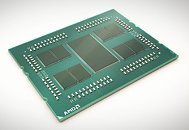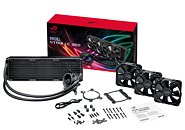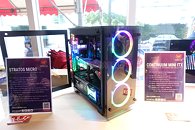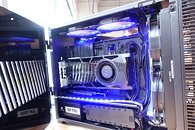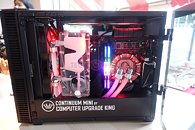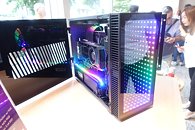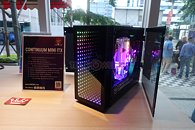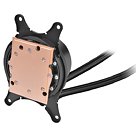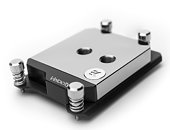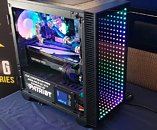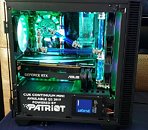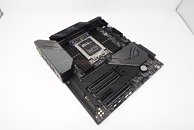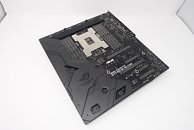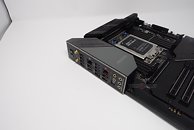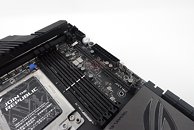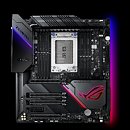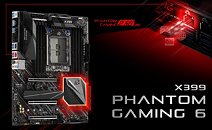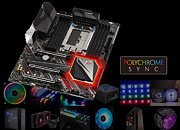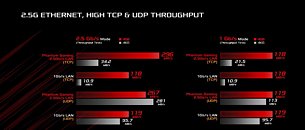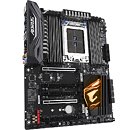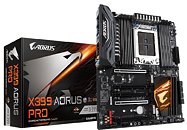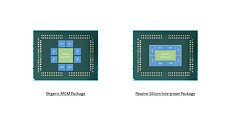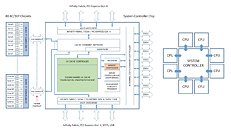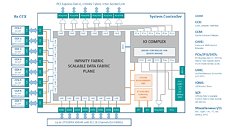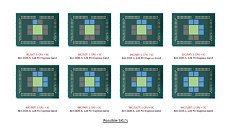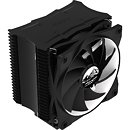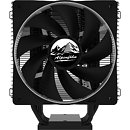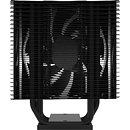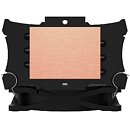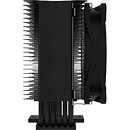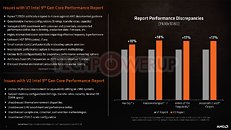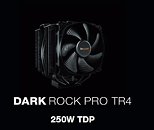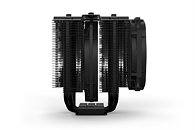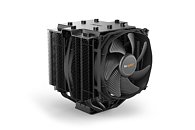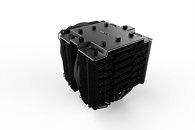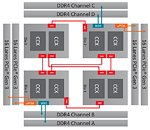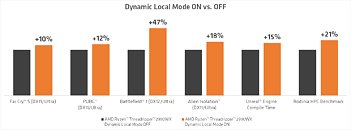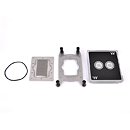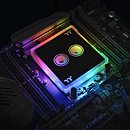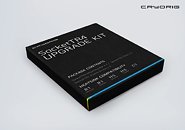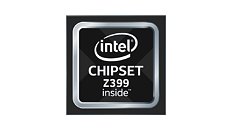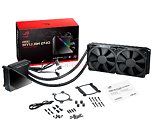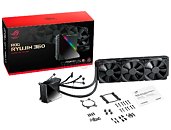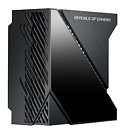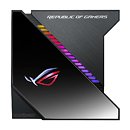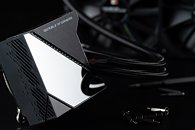
AMD 3rd Gen Threadripper Coming This October to Take on Intel's New HEDT Lineup?
AMD is planning to surprise Intel by unveiling its 3rd generation Ryzen Threadripper HEDT (high-end desktop) processor lineup around the same time Intel launches its 10th generation Core "Cascade Lake-X" processor and the "Glacial Falls" HEDT platform, according to sources in the motherboard industry, speaking with DigiTimes. We're fairly sure the sources aren't referring to AMD's 16-core Ryzen 9 3950X processor, because it has already been announced and will be available in September.
The 3rd generation Ryzen Threadripper will likely be a derivative of the company's "Rome" multi-chip module, and compatible with existing socket TR4 motherboards with a BIOS update, although a new chipset could also be launched to enable PCI-Express gen 4.0. AMD has the option to deploy up to 64 CPU cores across eight 7 nm "Zen 2" chiplets, while the 12 nm I/O controller die will be likely reconfigured for the HEDT platform with a monolithic 4-channel DDR4 memory interface and 64 PCIe gen 4.0 lanes. It's capable of 8 memory channels on the 2nd generation EPYC.
The 3rd generation Ryzen Threadripper will likely be a derivative of the company's "Rome" multi-chip module, and compatible with existing socket TR4 motherboards with a BIOS update, although a new chipset could also be launched to enable PCI-Express gen 4.0. AMD has the option to deploy up to 64 CPU cores across eight 7 nm "Zen 2" chiplets, while the 12 nm I/O controller die will be likely reconfigured for the HEDT platform with a monolithic 4-channel DDR4 memory interface and 64 PCIe gen 4.0 lanes. It's capable of 8 memory channels on the 2nd generation EPYC.
